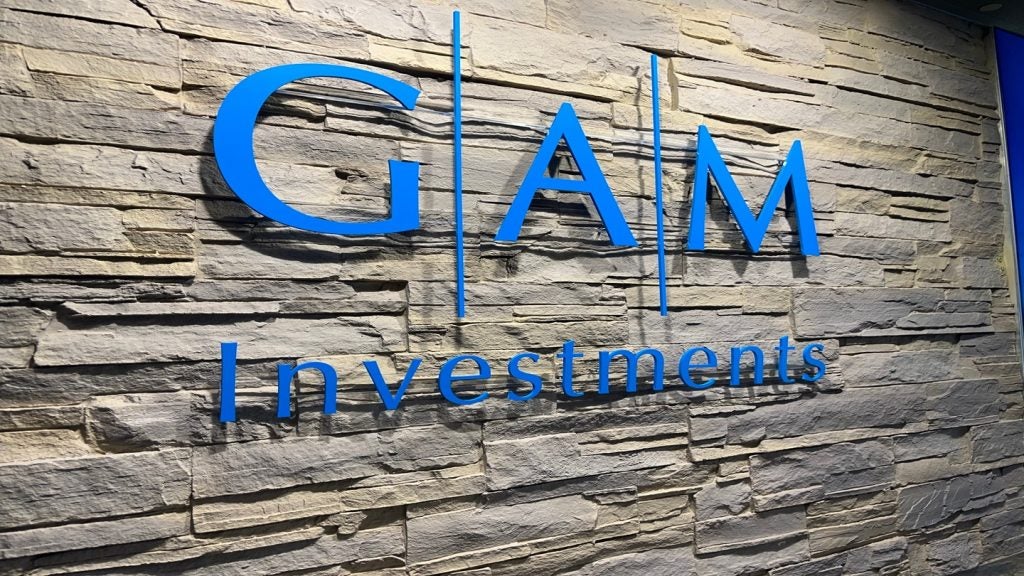
The market for private investment is a growing one. Fact. McKinsey research shows that private market assets under management (AuM) grew by $4trn in the past decade to 2020, an increase of 170%. Over that same period, global public market AUM has grown by roughly 100%. Alison Ebbage writes
Private investment funds and direct investment have, until now, been the reserve of the institutional and the UHNW investors. The appeal is that as long-term investments which match the life cycle of pension schemes – there is an illiquidity premium to be capitalised on. Private investment can also entail direct investment in buildings, green energy and individual businesses – which can help pension schemes and UHNWIs alike to use their investments to make positive impact on society
This latter is of special interest to a new generation of UHNW individuals. Such individuals tend to have much greater focus on and interest in alternatives – particularly when that involves greentech or fintech.
The UBS Global Family Office Report 2020 , meanwhile, names PE as family offices’ favoured asset class, with 77% investing in it – primarily via funds. The report further highlights that 69% of family offices view PE as a key driver of returns, with 73% of those investing expecting it to deliver higher returns than public investments.
Richard Beavan, head of corporate at Boodle Hatfield comments: “UHNWIs have significant means and so can create their own platform, create their own structures and source their own investment opportunities. The idea is very much around intelligent deployment of capital and they have the wealth threshold to be able to look at developing areas of the market before they are listed or snapped up by a big corporate.”
But the desire to diversify away from lacklustre public markets and the availability technological platforms to enable access have dovetailed – means that private funds are now becoming accessible, as well as desirable, further down the wealth scale.
Thomas Eskebaek, CEO of Titanbay says: “Top-performing funds are frequently highly oversubscribed and command large minimum investment sizes that have previously made building a diversified portfolio of top-tier managers nearly impossible for all but the largest institutional investors. In addition to this minimum investment amount has excluded 99% of investors from private equity due to the investment and portfolio construction process in private equity being more complex.”
Yet although retail investors are currently under allocated to private assets, the means to access them is expected to almost double by 2025 according to BCG research ‘Global Pensions Asset Study 2020’.
Drivers
Georg Wunderlin, Schroders’ global head of private assets, explains: “Investors continue to be attracted to private markets to access higher returns, robust income streams and greater diversification to meet their investment needs in a zero-rate environment.
“As the five megatrends (the shift in global economic power, demographic shifts, accelerating urbanisation, the rise of technology, and climate change and resource scarcity) demonstrate, private markets are at an inflection point, reaching ever broader audiences and becoming ever more diverse, while asset managers are consolidating into multi-alternative platforms.”
Diversification into private funds is on the minds of many investors wanting to capitalize of early investment opportunities. Everything fintech, life sciences, biosciences, medtech, AI and machine learning and green energy are all huge areas for the future –as well as being harder to access at early stage within the public markets. Investment types vary too. Private placements, direct investment and private equity are all a diversification play.
Beavan comments: “Although the potential for returns is much greater, the private fund will be illiquid and also higher risk that something in the public domain. But success breeds success and it is likely that the UK will continue to attract those wanting set up a business and benefit from the availability of capital flows, expertise and a supportive government and regulator.”
And Wunderlin adds: “We continue to believe that private markets offer investors manifold opportunities in the coming years. Historical crises have demonstrated, for instance, that portfolios with significant exposure to private markets can achieve superior long-term investment performance.”
Generational appetite
This can take the form of investing in something they are familiar with but can also emerge as a trophy asset such as Swiss medical device entrepreneur Hansjörg Wyss’ purchase of the Glenturret whisky distillery, alongside luxury goods business Lalique.
The same is true further down the wealth scale where entrepreneurial spirit is alive and well and crucially, much further away from retirement and thus actively seeking to build wealth.
Gareth Lewis, chief executive at Delio, comments: “A lot of demand for access to private funds has been driven by young more entrepreneurial investors coming into the realm of having investable assets. They want something they can relate to and often private assets are within those spheres, particularly technology or environmental technology or clean energy, this is so much more relevant to a younger demographic and the untangled structures of private assets compared to public ones also hold an appeal.”
Governance and regulation
Lewis comments: “In the US there having been substantial inflows via registered investment advisors and this is sometimes a means for investors to get involved via the simple 401k structure, in Europe moves towards this sort of regulation will follow. France in particular is looking to make changes.”
And Beavan adds: “There is a well-trodden path to getting a license and it works and is largely understood.”
He says that the UK government is very keen to keep the UK’s financial crown and the Brexit Committee chaired by Rishi Sunak that is aimed at stimulating growth, innovation and competition in the UK as well as attracting new investment will help enormously.
Beavan also thinks that a UK Nasdaq is not out of the question either. “This would give investors a pathway for their investments that does not inevitably end with the company being snapped up by a big corporate. This will make for opportunities and attract those looking to set up business and as well as those looking to invest. It will be a critical mass. As this develops then other vehicles will develop such as fund of funds and the like.”
Platforms
Banks, wealth managers, family offices and angel networks are all investing heavily in digital tools that will enable them to modernise how they connect their clients with investment opportunities.
A platform is one such approach. It does all the hard work for the investor and provides degree of certainty over fees. “The benefit is that you know what you are getting and that you are getting the expertise all for a set fee,” says Beavan.
Eskebaek explains: “Platforms can break down barriers to entry and facilitate access to top private equity funds that smaller investors otherwise would not be able to secure. Titanbay does this by reducing the minimum investment by pooling allocations from across its community of investors. It also simplifies the actual investment process which can be cumbersome for a small investor. The platform provides access to a selection of top funds in the market, providing a bespoke service and curating a diversified portfolio to help smaller investors achieve their investment goals.”
Lewis comments: “A platform can do a lot of work around this by aggregating lots of smaller tickets and so making an attractive investor base for the funds to access. In widening the amount of investors, so too the liquidity pool increases, and a democratised circle of investment can be created.”
He explains that a platform also needs to rely on having underlying automation and efficiency of process.
“This is the case from suitability KYC and onboarding to subscription execution and transacting. It needs to be straightforward and easy to use. Streamlining the KYC and suitability is very important in particular as it has been an inhibitor for investors in the past. It is now a huge value add and has a key role to play,” he says.
Some of the funds themselves have also been designed specifically to be more attractive to smaller ticket investors
The Schroder GAIA II Specialist Private Equity Fund is one. It sits alongside the GAIA platform which provides investors with access to a diverse hedge fund offering.
Rainer Ender, head of private equity, Schroder Adveq, comments: “Investing in private equity has traditionally been out of reach of the vast majority of investors apart from big institutions. But the launch of the Schroder GAIA II Specialist Private Equity Fund has given a greater pool of investors access to this increasingly relevant asset class and this has been reflected by the appetite we have received from investors for this fund.”
Indeed to fund does respond to accessibility issues; it offers monthly subscriptions and quarterly redemptions, while investors can also gain exposure with a minimum investment of $50,000. The fund focuses on small and medium-sized buyouts in Europe and USA, encompassing companies that typically have an enterprise value of less than $250m.
Liquidity management has also been looked at and embedded into the fund design, through a combination of portfolio design and liquidity tools.
This all also bodes well for the companies seeking investment. By broadening their investor base they have more access to capital which means they can scale and grow more quickly
Lewis comments: “A lot of the managers themselves would like to open up to a broader investment demographic just to be in the mix as opposed to needing the money. Opening up to a more diverse investor base can bring benefits in terms of liquidity – it is keeping their hats in the ring.”
Eskebaek adds: Attracting a broader array of investors provides value to private equity funds as it enables them to access new pools of previously untapped capital. At a time when the largest investors have been rationalising and decreasing their number of fund manager relationships, this provides a potentially important new source of capital for those fund managers.”
“Democratisation is here to stay and we are starting to see the technology generation traction in the market as a means to access private funds. It is all about getting the model right and using the technology to enhance opportunity,” concludes Lewis.







